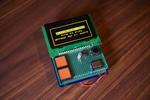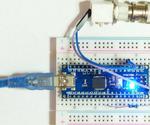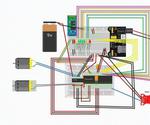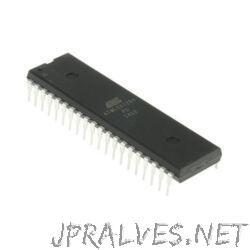Other

“Some time ago, I hatched a plan to introduce my kids to a handful of classic computer games. This wasn’t a matter of misplaced nostalgia: I’m not overly sentimental and I’d rather play Horizon Zero Dawn than …

“This relatively easy tutorial (considering the complexity of this subject matter) will show you how you can make a very simple 1024 samples spectrum analyser using an Arduino type board (1284 Narrow) and the serial plotter. Any kind of Arduino …

“The Amethyst is a retro-styled “home computer” built around an Atmel ATmega1284 microcontroller. It features composite (NTSC) video output with both high-color and high-resolution modes, mono audio output, and a full-travel mechanical keyboard. It includes a full-featured implementation of the …

“This device is a bottle boat that is powered by an ATMega1284 microcontroller, two DC motors, bluetooth control, a water level sensor, and an L293D motor driver. Another microcontroller may be used and will have many code differences. The body …

“My aim in designing the first Tiny Lisp Computer was to create the smallest practical self-contained computer, with its own display and keyboard, that you could use to program in Lisp. This second version extends the original Tiny Lisp Computer …

